
Was Russia’s latest battlefield loss just another destroyed weapon-or a sign of deeper trouble? The recent killing of a Soviet-era Grad-P rocket launcher at Ukrainian hands has raised questions over Moscow’s reliance on antiquated systems and the increasingly important role of drones in modern warfare. What might appear to be a minor tactical victory may, in fact, be a window into how the balance of technology, logistics, and adaptation is increasingly shifting on the front lines.
The Grad-P was never designed to be a star player in twenty-first-century combat when it was devised for Soviet special forces back in the 1960s. Late this October, Ukrainian troops found one tucked away in a Russian firing position and destroyed it with a precision drone strike. It is not an isolated incident-the same thing has happened several times over the last months, revealing both the depletion of Russia’s modern stockpiles and Ukraine’s mastery over unmanned systems. It is a story of battlefield ingenuity, industrial strain, and the broader transformation of warfare.
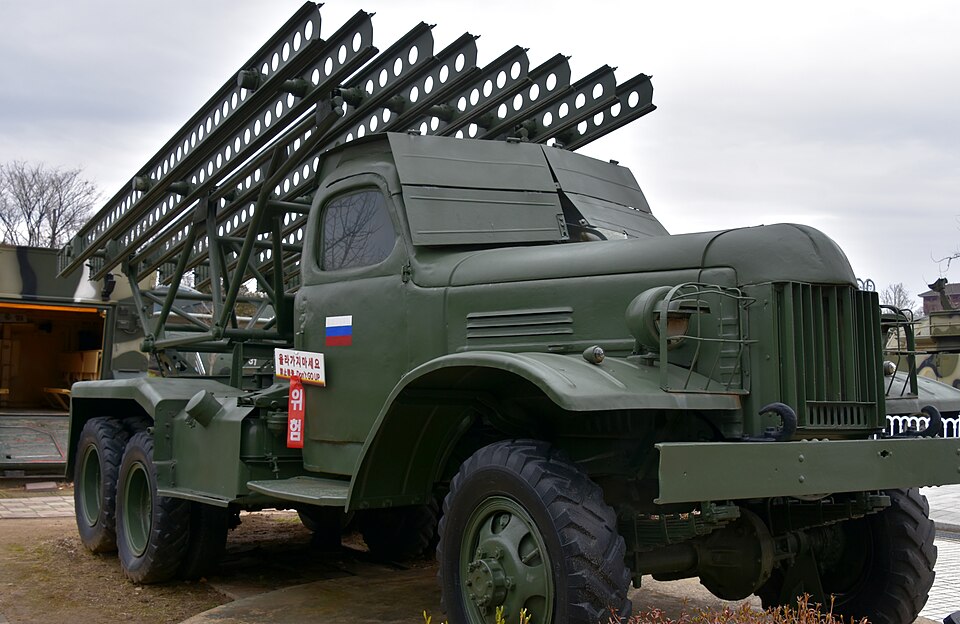
1. Return of the Grad-P from Oblivion
The Grad-P is a single-tube 122mm rocket launcher originally developed during the 1960s as a portable system for use by Soviet special forces. Due to its small size, it can easily be used in locations that larger artillery cannot access, making it ideal for asymmetric warfare. Though very outdated, it fires a formidable unguided rocket that is still very capable of destroying hardened positions. The reemergence of this system upon the Ukrainian battlefield speaks not to innovation but to necessity: Russian forces are delving deep into Cold War stockpiles to maintain firepower in constrained environments.
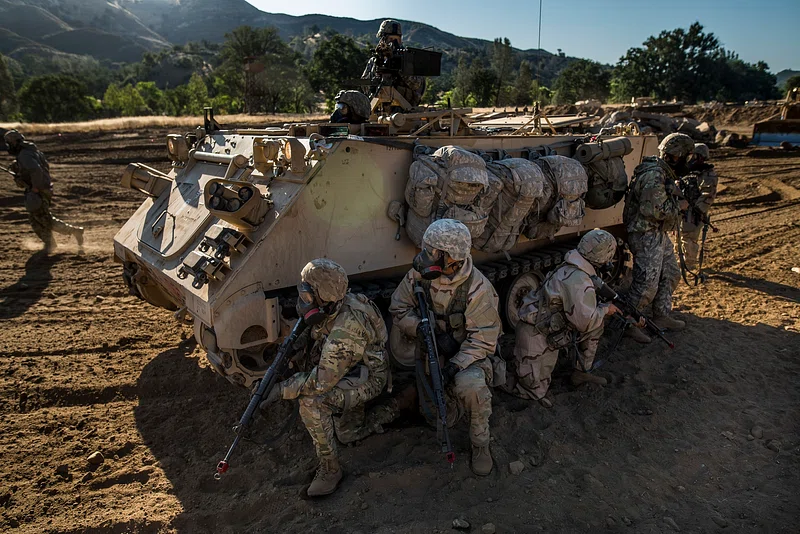
2. Integration of Ukrainian Reconnaissance – Strike
The October strike was conducted by Ukraine’s 30th Separate Mechanized Brigade after reconnaissance drones detected the Grad-P, lying next to its ammunition. A first-person-view drone flew directly into the launcher, touching off a massive explosion. That link between surveillance and strike assets is illustrative of the changing doctrine in Ukraine, where drones compress the sensor-to-shooter cycle from tens of minutes down to mere seconds, increasing precision and survivability for operators.

3. Repeated/Repetitive exposure to the same threat
This wasn’t the first Grad-P to be destroyed in recent months: back in September, the Phoenix Separate Regiment of Unmanned Systems discovered one similarly located hidden behind a treeline. Though strike footage was less clear, Defense Express reported the Phoenix pilots “tracked and neutralized the system before it could inflict greater losses.” The frequency with which this sort of discovery happens might be taken as a trend: Russian units are laying these relics out in dispersed, hidden positions in hopes of leveraging terrain where heavier systems cannot operate.
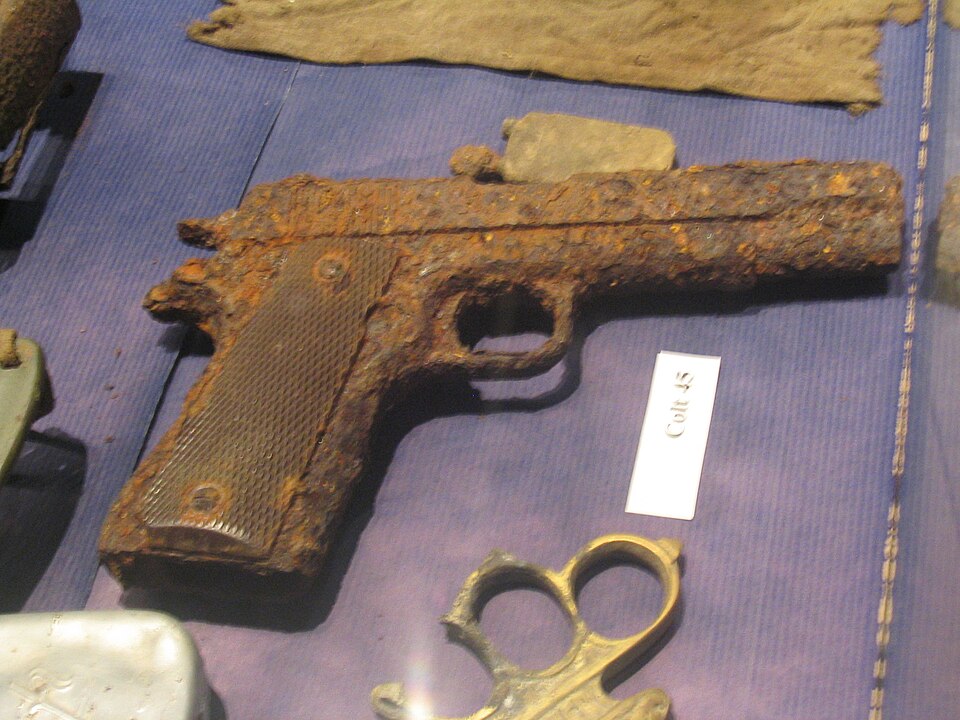
4. Russia’s Depleted Stockpiles and Desperation
According to the Kyiv School of Economics Institute, shipments from Russia’s primary storage fields are set to decline from 242,000 tons in 2022 to 119,000 tons in 2025. Pavlo Shkurenko of the Kyiv School of Economics told the *Financial Times*, “the better quality and easily-restored equipment would have been the first to be moved.” The reliance on Grad-P launchers certainly mirrors this trend, which reflects the exhaustion of modern artillery and the forced reactivation of those systems designed for conflicts six decades ago.

5. Wider Impact of Phoenix Unit
While the operations of the Phoenix unit go far beyond mere single Grad-P strikes, in October alone drone teams destroyed 12 tanks and 46 armored vehicles, killing 642 enemy troops. They have managed to significantly cut Russian offensive capacity in Donetsk by bringing together reconnaissance and precision strikes, depriving the advancing units both of mobile protection and heavy fire support. This layered defense model, integrating drones, artillery, and command coordination, has become a cornerstone of Ukraine’s asymmetric strategy.
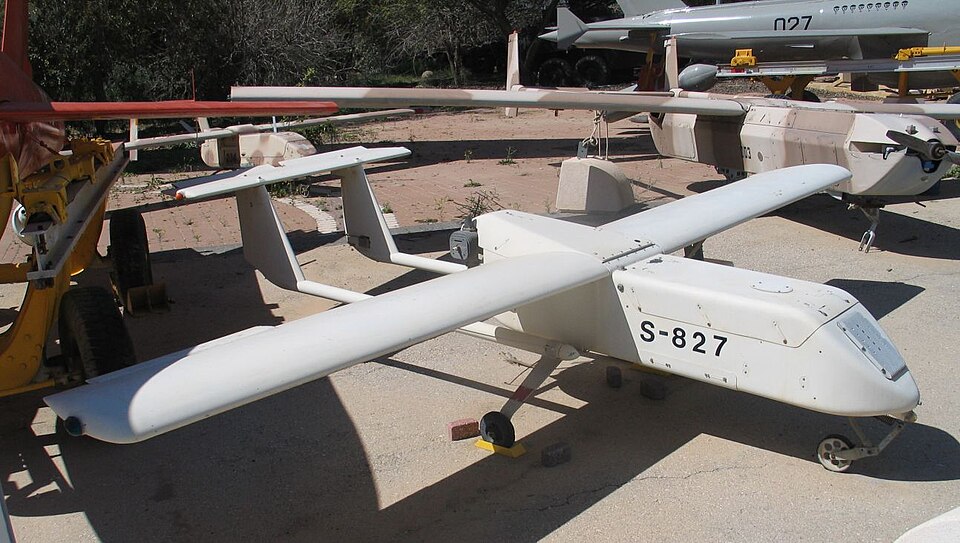
6. Drones as the New Maneuver Enabler
According to analysts, drones could be to twenty-first-century warfare what tanks were to the twentieth. Recent doctrine discussions outline how drone-enabled maneuver, bypassing static defenses, could isolate enemy sectors and set the conditions for rapid exploitation. Currently, most of Ukraine’s use has been attritional, but integrating heavier and longer-range drones might unlock operational breakthroughs by turning tactical strikes-like Grad-P destruction-into cascading battlefield collapses.
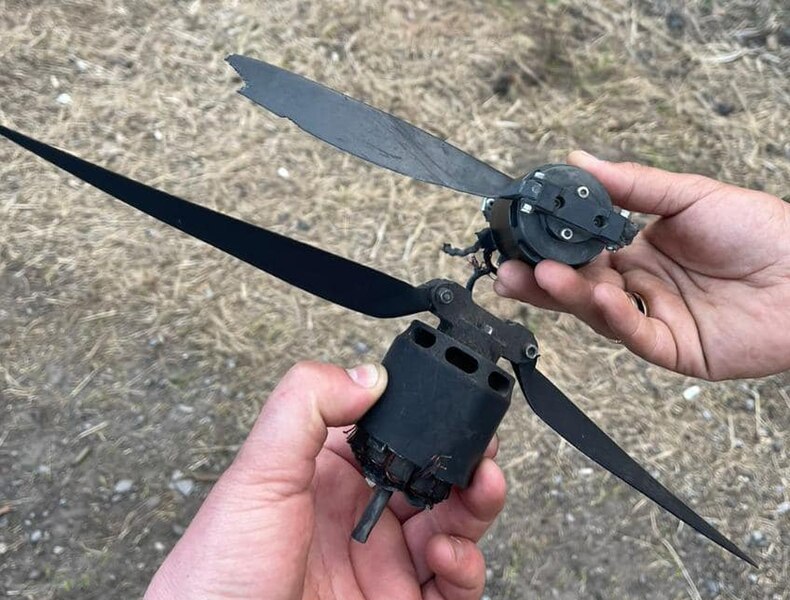
7. Death of Large Drones in High-Intensity Combat
The war so far has been a lesson in how very vulnerable large, lumbering drones like the Bayraktar TB2 are to air space saturated with modern air defenses and electronic warfare. Those platforms, once celebrated for early successes, have all but vanished from Ukraine’s skies since late 2023. Their place has been taken by smaller, cheaper and far more survivable drones like those used against the Grad-P that operate well below radar thresholds and quickly adapt to countermeasures.

8. Counter-Drone Measures and the Adaptation Battle
Thus, both sides are currently caught up in a rapid cycle of innovation and counter-innovation. The Russian jamming around Bakhmut, for example, has forced Ukrainian operators to change flight profiles and modes of control. Countering uncrewed aerial systems now involves radar, electro-optical sensors, directed energy weapons, and even drone-on-drone interceptions. “Greater investments in EW will be a key part of any counter against the threat of drones,” one analyst says. That means this fight over adaptation suggests tactics that work today may be obsolete in a few months.
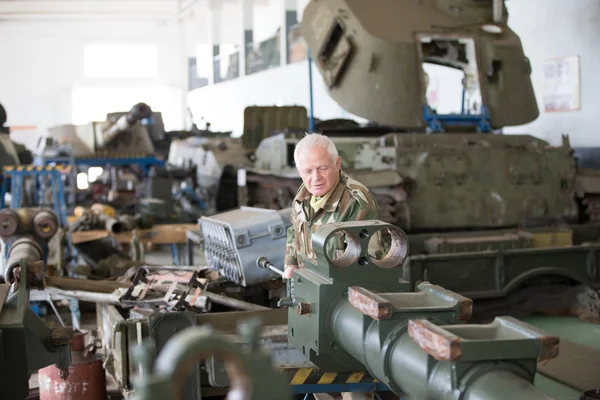
9. Industrial Resilience and Future Production
Even while fielding outdated weapons, Russia is pursuing a very ambitious production program: planning to build 250 new T-90M tanks, 1,100 armored personnel carriers, and 365 artillery systems by the end of 2025, it also aims to produce nearly 2,500 high-precision missiles and increase UAV manufacturing, including loitering munitions and FPV drones. This dual approach-modernizing relics like the Grad-P while continuing at pace with modern production-points to a protracted conflict for which Moscow is preparing, combining old and new capabilities to make up for battlefield losses. The destruction of the Grad-P might seem a minor episode in a great, grinding war, but it encapsulates several defining trends: Russia’s reliance on antiquated systems, Ukraine’s growing mastery of drone warfare, and the accelerating adaptation cycle shaping the modern battlefield. As both sides race to innovate, even the elimination of a single Cold War launcher becomes part of a larger contest-one where technology, industry, and doctrine are as decisive as the weapons themselves.


